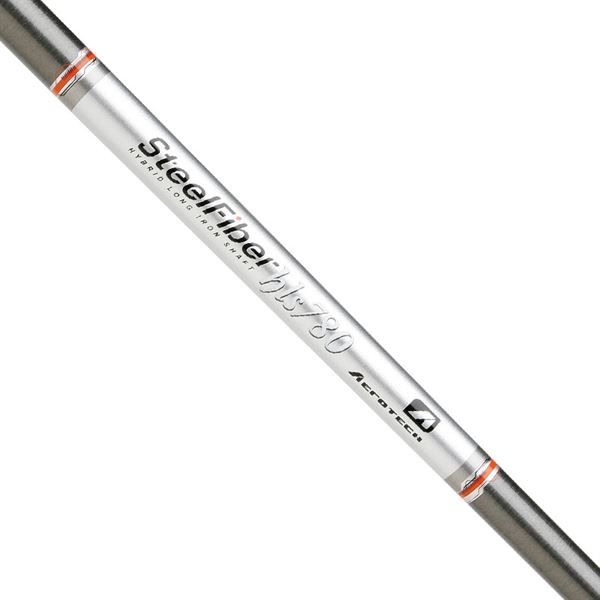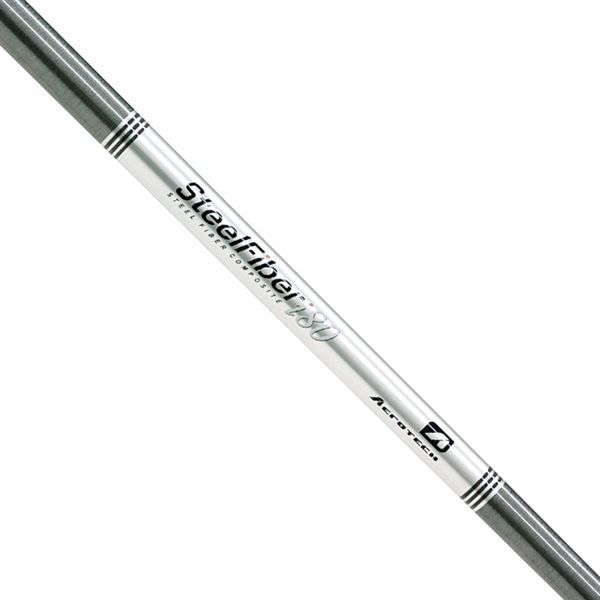Shafts
Choosing the right golf shafts can greatly increase accuracy and distance in your game. Their material, flex and length have a huge effect on the performance of your golf clubs.
Our selection of golf shafts
Our detailed descriptions and specifications will help you find the right shafts, and we have all the major brands, including True Temper, Mitsubishi, Fujikura, Graphite Design, and many more.
How to choose the best shaft for your game?
Steel shafts: Made from carbon steel, steel shafts are generally more durable and less expensive than graphite shafts. They also produce less torque or lateral twisting than graphite, and therefore offer more accuracy. Steel shafts are suited for players with normal swing speeds who are looking for improved accuracy in their golf game.
There are two types of steel shaft: stepped and rifle. Stepped shafts incrementally reduce in diameter, in steps down the shaft towards the club head. This design allows for more consistent weighting in the shaft from top to bottom. Evenly weighted shafts help to make each club feel similar in your hands. Most manufacturers use stepped steel shafts.
Rifle steel shafts have no steps and are smooth from top to bottom. With these shafts, manufacturers can measure flex with greater accuracy which can lead to more accurate shot making.
Graphite shafts: These are generally less expensive and less durable than steel shafts. They are also lighter, which provides greater swing speed for more distance. But their increased flex can reduce control. They are suited to senior or younger golfers with less swing speed. It is more difficult to get a consistent feel and flex in a set of irons with graphite shafts, but graphite is good for getting greater distances from modern drivers and woods with their long shafts and oversized club heads.
Multi-material shafts: These are used on both irons and drivers. This type of shaft combines steel and graphite to offer the best of both worlds for all levels of golfer.
Flex: A shaft’s flex is its capability to bend during the golf swing. A slow golf swing will require a shaft with greater flex, while a fast swing will be better suited to a stiffer shaft. Less flex will provide greater control for better players, while beginners and those with less powerful swings will benefit from a greater amount of flex.
Kick-Point and Torque: Shafts with a high kick-point, the point where the shaft bends, will often produce a low shot trajectory, while those with a low kick-point will generally produce a high shot trajectory. Every shaft, graphite or steel, has an amount of torque, or twist, during a golf swing. Generally, the lower the torque, the lower the shot trajectory.
Length: It is vital to get measured, from the crease in your wrist to the ground, to make sure you have the right length shafts.




















